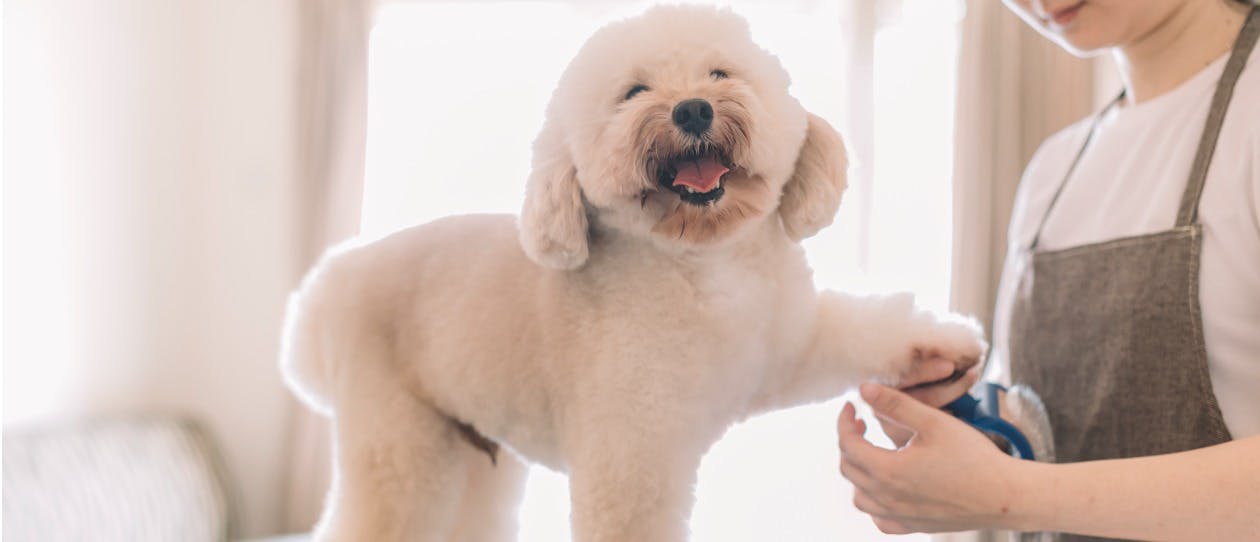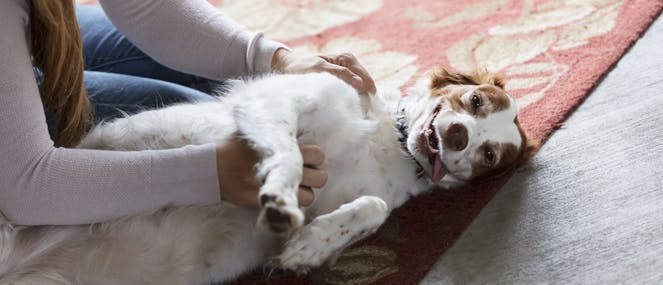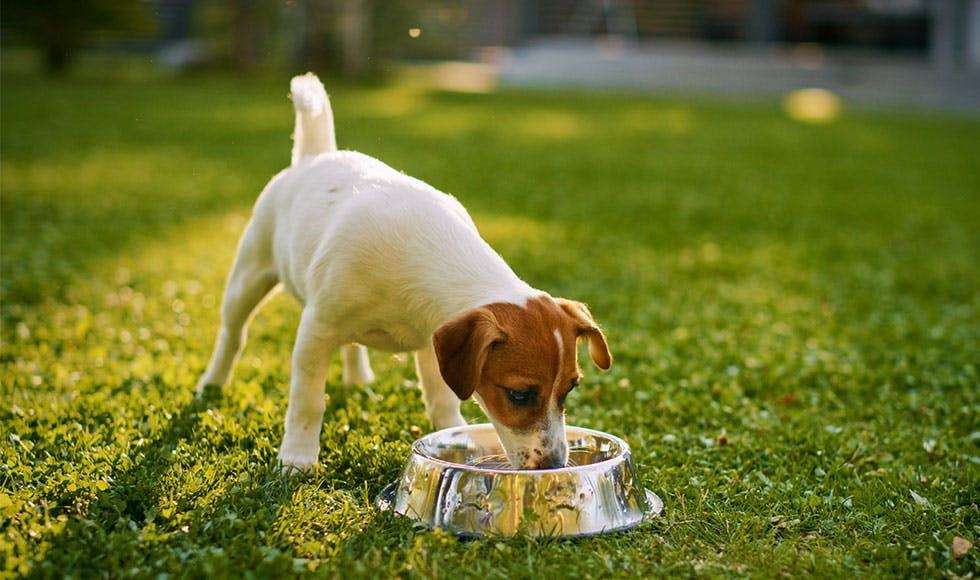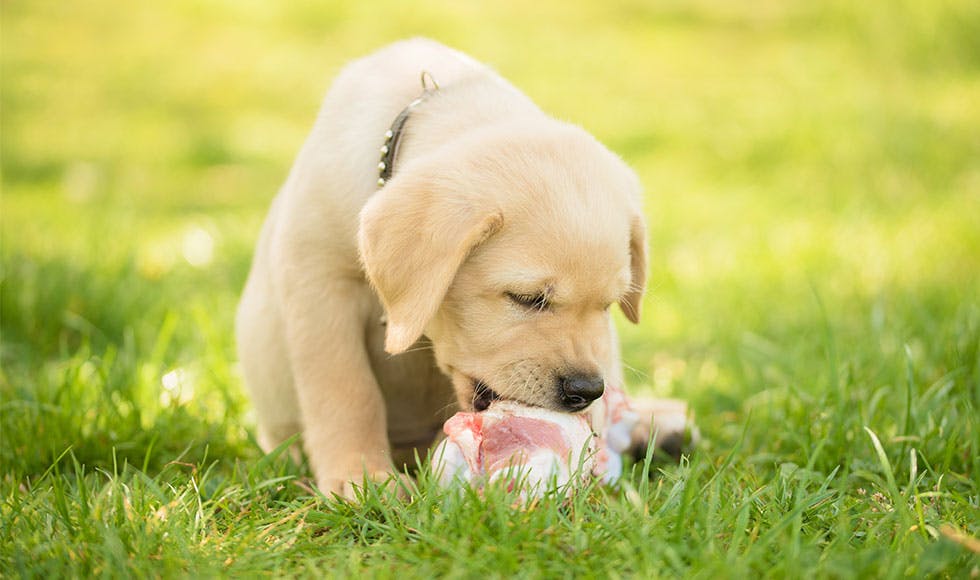
- A Guide To Perfect Your Pet's Health/
- Choose the Right Products to Groom Your Dog/
- Tips on How to Choose a Dog Groomer


Tips on how to choose a dog groomer
If you have a young dog, or an anxious dog, grooming can be a real challenge.
Yet a professional groomer, especially for long-haired breeds, can be essential to helping with tricky dog maintenance issues such as removing fur mats or the undercoat from double-coated dogs including Golden Retrievers, Siberian Huskies and Border Collies.
While most dogs will accept brushing at home, unfortunately many have an aversion – or develop one – to being washed, trimmed or blow-dried by a dog groomer.
Typically, dog body language once they reach the door to the salon will involve crouching, holding their tail between their legs and, of course, leash pulling – in the other direction.
Fortunately, it is possible to desensitise your dog to grooming and make regular trips to the groomers, especially for anxious dogs or those with dog skin conditions, something they not only tolerate but look forward to.
Veterinary nurse and certified Fear Free veterinary professional Jessie Dewsnap says: “To get a dog used to being handled by a groomer, it’s important for owners to do some legwork from the time the dog is a puppy.
“Going into a grooming situation can be pretty stressful, especially for an anxious dog or even a dog with arthritis.”
At the dog groomers, there are scissors around your dog’s eyes, noisy blow-driers, and plenty of moving in and out of baths and, usually, onto tables.
Unlike you, your dog lives in the moment. He or she isn’t thinking how much better it will be once they are clean and smell good.
Puppy training is key to all situations
A well-adjusted dog is one that has confidence going into most situations including dog grooming.
As a dog owner, you can train your young dog to be comfortable in different situations.
“It’s important to make sure your puppy is adequately socially adjusted not only to other dogs but to all sights and sounds,” says trainer Jamie Huggett.
The easiest way to do this is to enrol your dog in puppy school and to take time out – even 10 minutes every day – to walk through commands or situations with your dog.
Part of puppy or dog training is getting your pet used to being handled and touched, says Huggett.
“If you want to massage their ears, check their teeth or trim their nails, you need to get on top of that early with training and a reward.
“You will need a high value, tasty treat – something they really love – and, when you touch their paw, for example, you give them the reward.
“Working up to going to the groomer is about building up their confidence at home.”
An anxious dog or an aggressive dog may benefit from a calming supplement for dogs such as PAW Complete Calm, as well as professional dog training, while some pet owners may want to discuss dog anxiety medication for their canine with their vet.
Finding a dog groomer
Just as you’d shop around for a hairdresser, you should shop around for the best groomer for your canine companion, especially if you have an anxious dog, an aggressive dog, or even a puppy who is prone to dog skin conditions.
Ask other dog owners, particularly those who have pets who look well-groomed, where they take their dog for grooming.
Your local vet may also be able to recommend local dog groomers.
Once you have a recommendation, talk to the groomer about their grooming process, suggests Dewsnap.
“You want them to be open about how they handle pets and what steps they take to make the situation less stressful,” she says.
Dog groomers have a plethora of tools, techniques and expertise that they can use to help care for your dog.
You can also ask how long they have been in business, what their qualifications are, or what type of products they use.
You may want to find out how they calm an anxious dog, or how they care with a dog with arthritis.
When you visit the dog grooming salon for the first time, have a look at how clean it is, whether the staff are calm and professional and how they interact with clients, especially anxious dogs.
Don’t send your dog to any groomer thinking they will handle it, says Dewsnap.
“If you keep putting your dog into a stressful situation, they are not going to get used to it; their anxious behaviour is going to escalate.”
Growling, whimpering, seeking out their own space, or loss of appetite post-grooming may all be signs they have had a stressful experience.
For some dog owners, home visits are going to be the answer to lowering the stress level for both groomer and for their dog.




